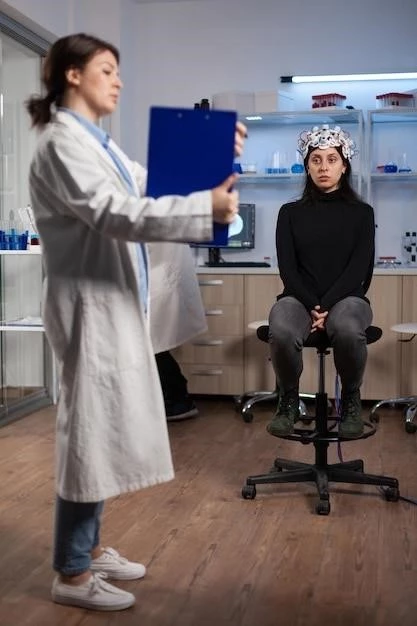Understanding Aniridia
Aniridia is a rare genetic disorder characterized by the absence of irises in the eyes. It can affect visual acuity and sensitivity to light. Individuals with aniridia may also have other eye issues such as cataracts and glaucoma.
Treatment Options
Treatment for aniridia focuses on managing symptoms and complications. This may include corrective lenses to improve vision, surgery to address cataracts or glaucoma, and medications to reduce eye pressure. Gene therapy research shows promising potential for future treatment approaches.
Overview of Ptosis
Ptosis, also known as droopy eyelid, can impact vision by obstructing the upper field of view. It may be congenital or acquired due to factors like aging, trauma, or neurological conditions. Treatment options vary based on the underlying cause and severity of the condition.
Treatment Approaches
The management of ptosis depends on its severity and the underlying cause. Treatment options include eyelid exercises, medication, and surgical procedures like levator resection or frontalis sling operation. An individualized approach by an ophthalmologist is crucial for optimal outcomes.
Psychological Impact of Aniridia
Living with aniridia can lead to emotional challenges such as low self-esteem, anxiety, and depression due to visual impairment. Psychological support, counseling, and participation in support groups can help individuals cope with these aspects of the condition.
Available Support Services
Individuals with aniridia can benefit from various support services including vision rehabilitation programs, assistive technology training, and specialized educational resources. Additionally, organizations and online communities offer assistance, information, and a platform for sharing experiences with others affected by the condition.

Understanding the Connection
Research suggests a link between aniridia and mental retardation, with overlapping genetic factors contributing to both conditions. Understanding this relationship is essential for comprehensive care and effective management strategies for individuals affected by these complex health issues.
Obesity Risks in Aniridia
Individuals with aniridia face challenges related to obesity due to factors such as reduced physical activity and potential hormonal imbalances; Addressing obesity risks through nutritional counseling, regular exercise, and close monitoring can help prevent associated health complications in aniridia patients.
Healthy Lifestyle Interventions
Embracing healthy lifestyle habits, including balanced nutrition and regular physical activity, is crucial for managing obesity in aniridia patients. Seeking guidance from healthcare professionals for personalized dietary plans and exercise routines can support overall well-being and reduce the risk of weight-related complications.
Genetic Basis of Familial Aniridia
Familial aniridia is primarily caused by mutations in the PAX6 gene, leading to developmental issues in the eyes. Genetic counseling and testing play a key role in assessing the risk of aniridia inheritance within families, helping individuals make informed decisions about family planning and preventive measures.
Risk Assessment and Family Planning
Understanding the genetic factors behind familial aniridia is essential for risk assessment and family planning decisions. Genetic counseling enables families to assess the likelihood of passing on the condition, explore available reproductive options, and make informed choices to manage the genetic risks associated with aniridia within the family.
Family Dynamics and Support
Open communication and mutual understanding are key in navigating the challenges of aniridia within a family. Seeking emotional support, accessing educational resources, and connecting with advocacy groups can empower families to cope effectively with the impact of the condition and foster a supportive environment for their loved ones.
Positive Coping Mechanisms
Encouraging resilience, fostering self-care practices, and promoting a supportive network can enhance coping mechanisms for families affected by aniridia. Embracing a positive outlook, engaging in activities that promote well-being, and accessing professional guidance can contribute to a proactive approach in managing the challenges associated with the condition.
Recent Research Findings
Recent studies have delved into innovative treatments like gene therapy and stem cell research to address the underlying causes of aniridia. Advancements in understanding the genetic basis of the condition and exploring novel therapeutic approaches offer promising prospects for enhancing the quality of life for individuals affected by aniridia.
Future Directions
The future of aniridia research holds potential for personalized treatments tailored to individual genetic profiles, advanced gene editing technologies, and further exploration of regenerative medicine applications. Collaborative efforts among researchers, clinicians, and affected individuals aim to pave the way for improved management strategies and potential cures for aniridia in the years ahead.
